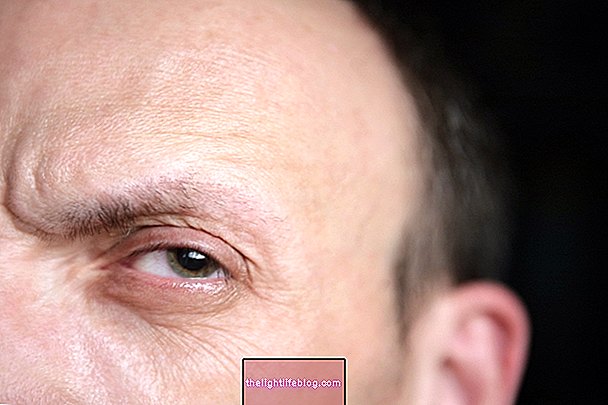The patient with type 1 diabetes takes insulin through a daily injection to regulate blood sugar levels and is usually applied before the main meals.
Type 2 diabetics should start taking insulin when their diet and antidiabetic medicines can not control their blood sugar levels, and the value of glycosylated hemoglobin that can be identified in the blood test that the doctor regularly asks for is higher to 7%.
In addition, your doctor may decide to start diabetes treatment with insulin when fasting blood glucose is greater than 300 mg / dl, during gestational diabetes to better control the gliemia or if the diabetic loses too much weight in a short time, for example. Here's how to measure blood glucose.
Insulin should not be used without a doctor's prescription or when the diabetic wants to because he or she has eaten more sugar, since improper use of insulin can cause tremors, confusion, blurred vision or dizziness, which are characteristic of hypoglycemia.
How Diabetics Should Take Insulin
Generally, when the patient becomes diabetic, he starts insulin treatment by taking a few units, such as 10 units of basal insulin, which is a long-acting insulin, before bedtime, continuing to take the oral anti-diabetics during the day.
The patient should then measure and record fasting blood sugar levels before and after major meals and also before bedtime for a period ranging from 1 to 2 weeks for the physician to define when and how much insulin fast-acting must take to control diabetes.
After the doctor decides the correct dose of insulin, the patient should take insulin for good, strictly adhering to the medical prescription, which can be adjusted over time so that the diabetes is controlled and does not evolve to complications such as vision and malfunction of the kidneys, for example. Here's how to properly apply insulin in: How to apply insulin.
Watch this video and learn more about how diabetic feeding should be.
























